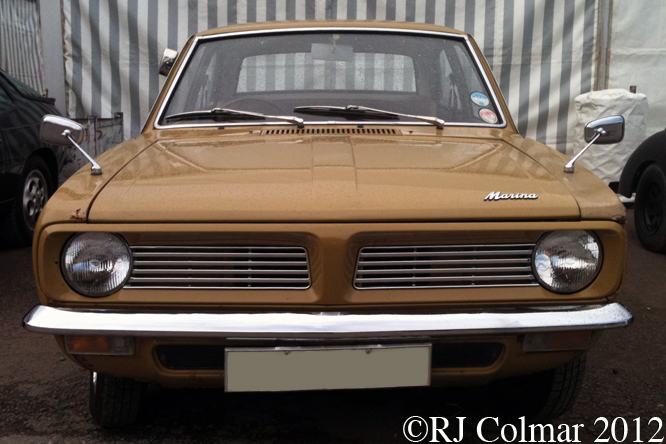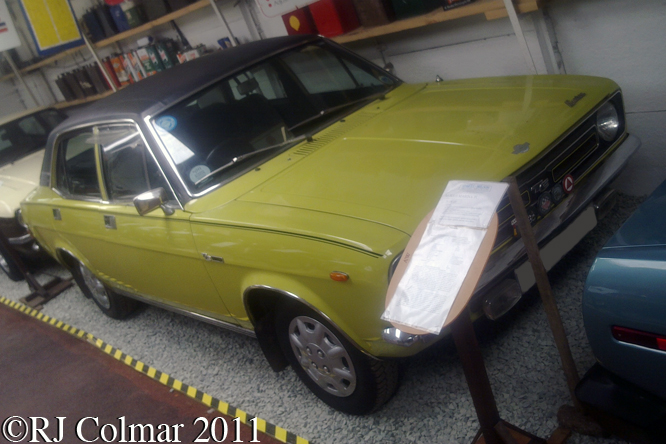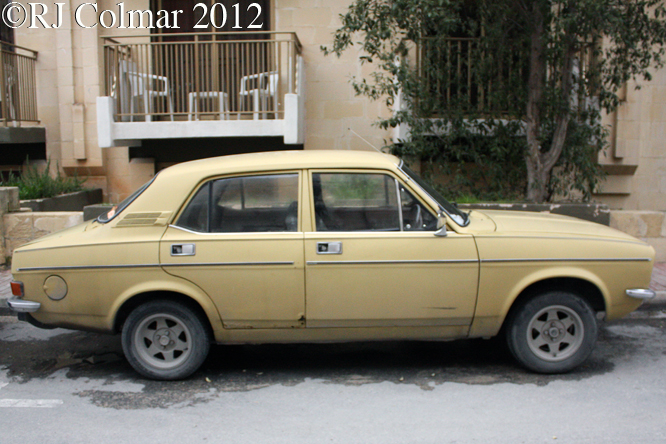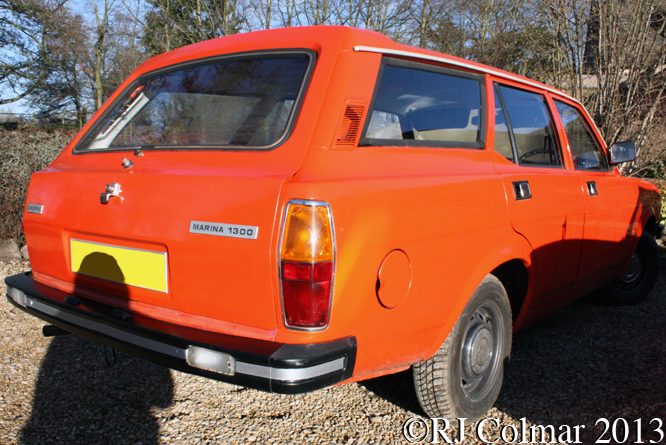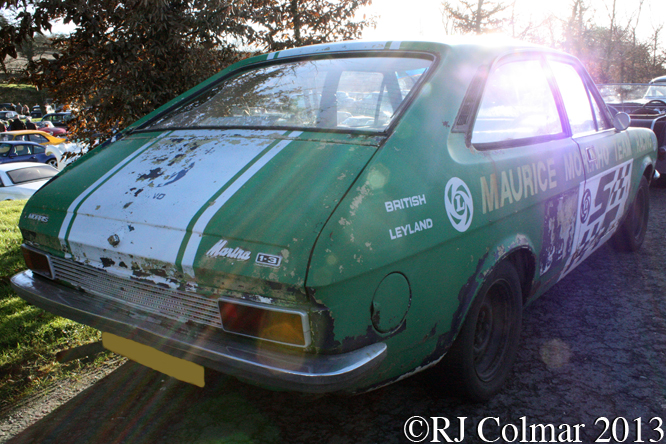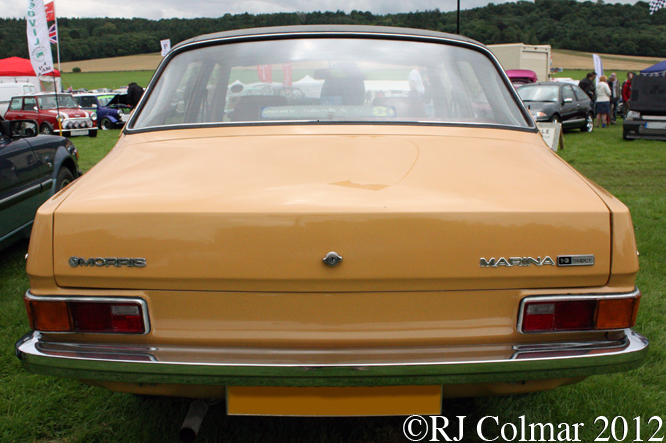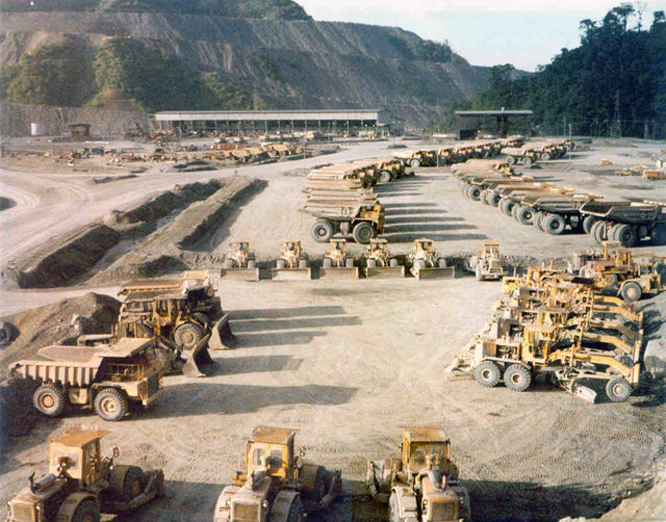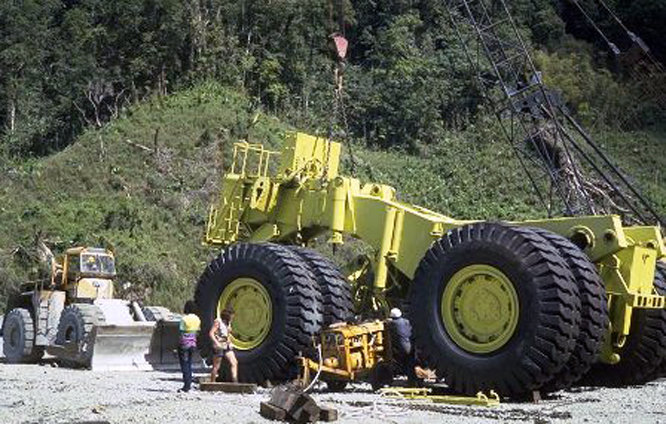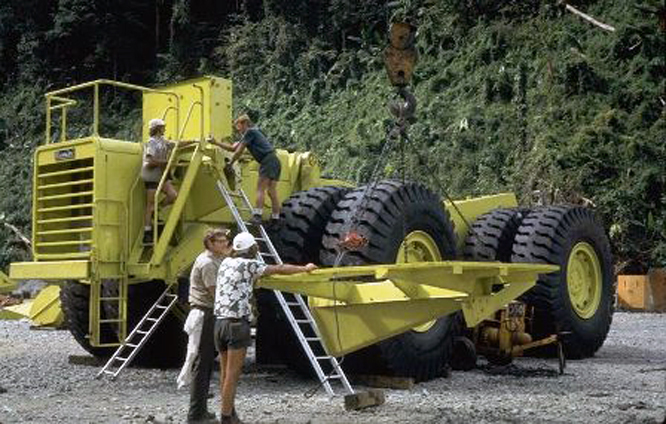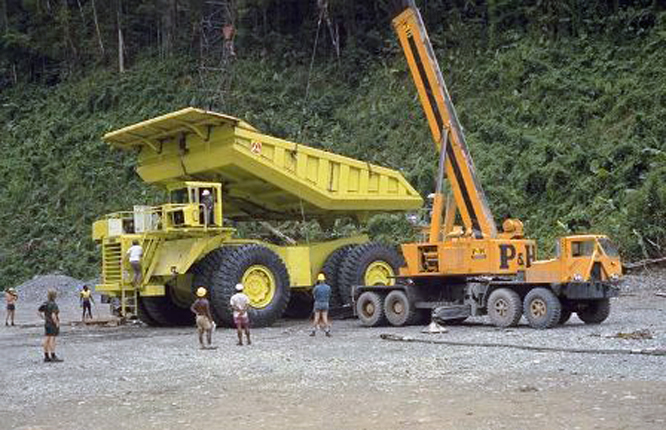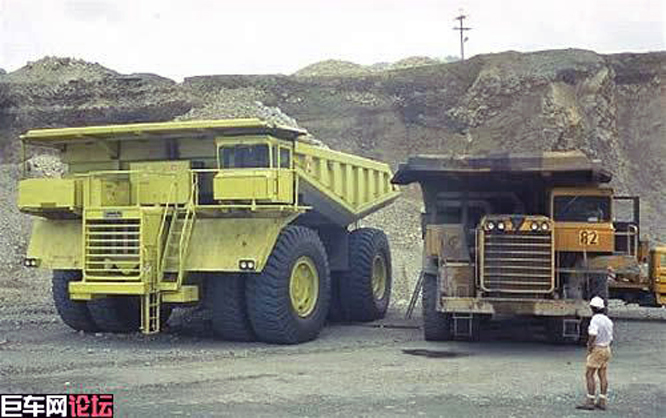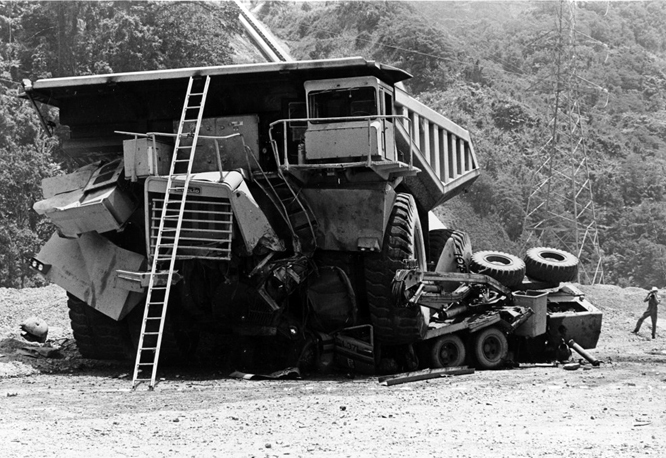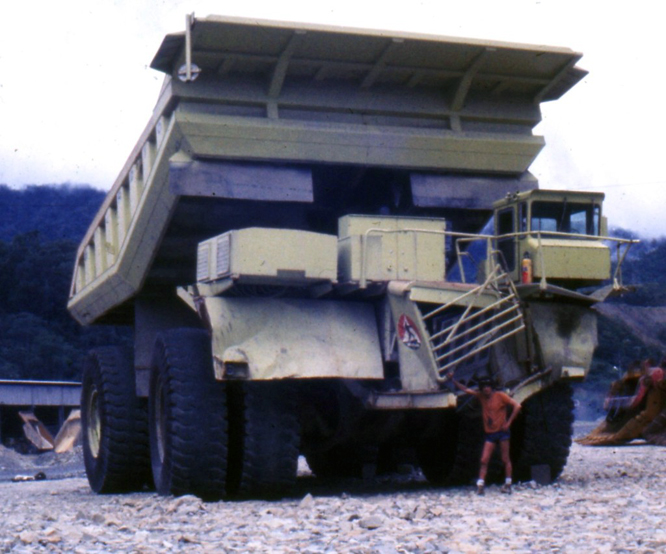At the beginning of October I received an e-mail asking for volunteers to marshal at the Hertfordshire County Auto & Aero Club, Autumn Sprint being run at Debden Airfield in Essex, a couple of days later I received a request to attend an interview in Scunthorpe and proposed to the Clerk of the course Pete Walters that if he could find me somewhere to stay on the night after the event I would be delighted to go up from Bristol to help out.
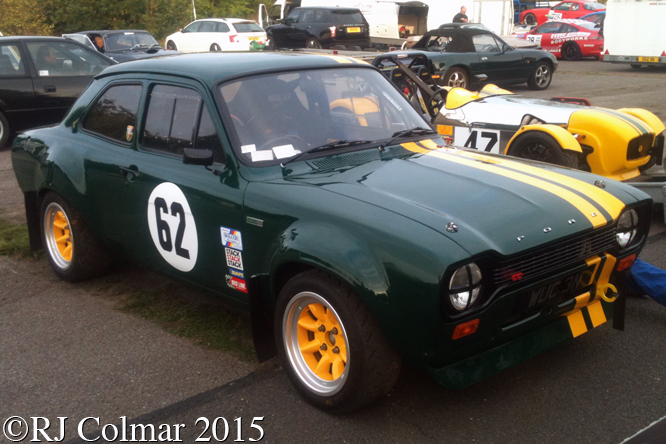
Lionel Reeves kindly stepped forward to offer me accommodation and so off I trekked to Debden the day after the Autumn Classic at Castle Combe. Hertfordshire County Auto & Aero Club established in 1903, the year the Wright Brothers made their first powered flight, is one of the oldest in the county, the Aero refers to the sport of ballooning. Among the random selection of cars I photographed is the immaculate 1974 #62 Ford Escort which finished 3rd in class B10 driven by Howard Lester.

Julian Kirwan finished second in Class A3 driving the 1970 #16 Mini Clubman with a 1400 cc / 85.4 cui engine.
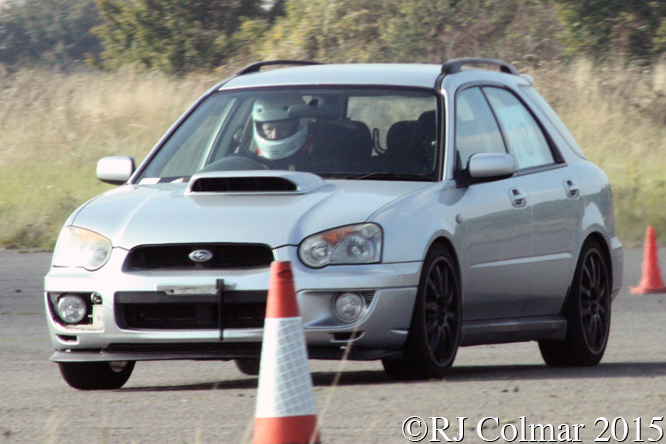
Flying the flag for Estates / Wagons was Tim Morrison driving his 2003 #38 Subaru Impreza WRX Turbo Hatchback, who was classified 3rd in class A6.

Kicking up the dust above in his #63 Ford Escort Mk2, which I believe has been modified from it’s original 1980 1300 GL Auto spec, is Charlie French who finished 4th in class.
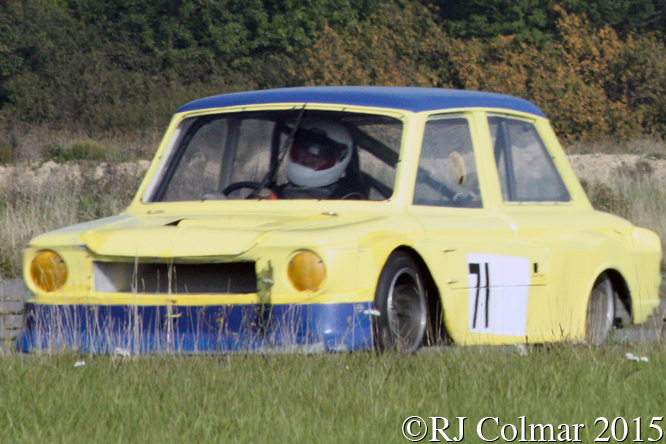
I’m looking forward to finding out about the history of John Websters #71 Davrian Imp Saloon in the fullness of time, on this occasion he finished second in Class C12.

Finally Colin Glass won class D16 in his Merlyn Formula Ford with what I believe is 1977 Mk 30 bodywork, fastest time of the day was set by Tony Beesley in his 1 litre / 61 cui Jedi Mk 4.
My thanks to everyone at the Hertfordshire County Auto & Aero Club who made me feel most welcome and especially Lionel and Margret Reeves for their hospitality.
Thanks for joining me on this “Hertfordshire County Auto & Aero Club Autumn Sprint” edition of “Gettin’ a li’l psycho on tyres” I hope you will join me again tomorrow when I’ll be looking at a Talbot Matra. Don’t forget to come back now !


